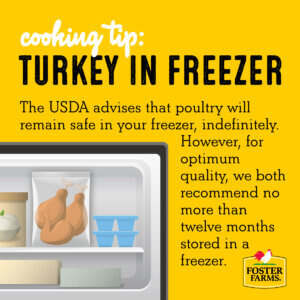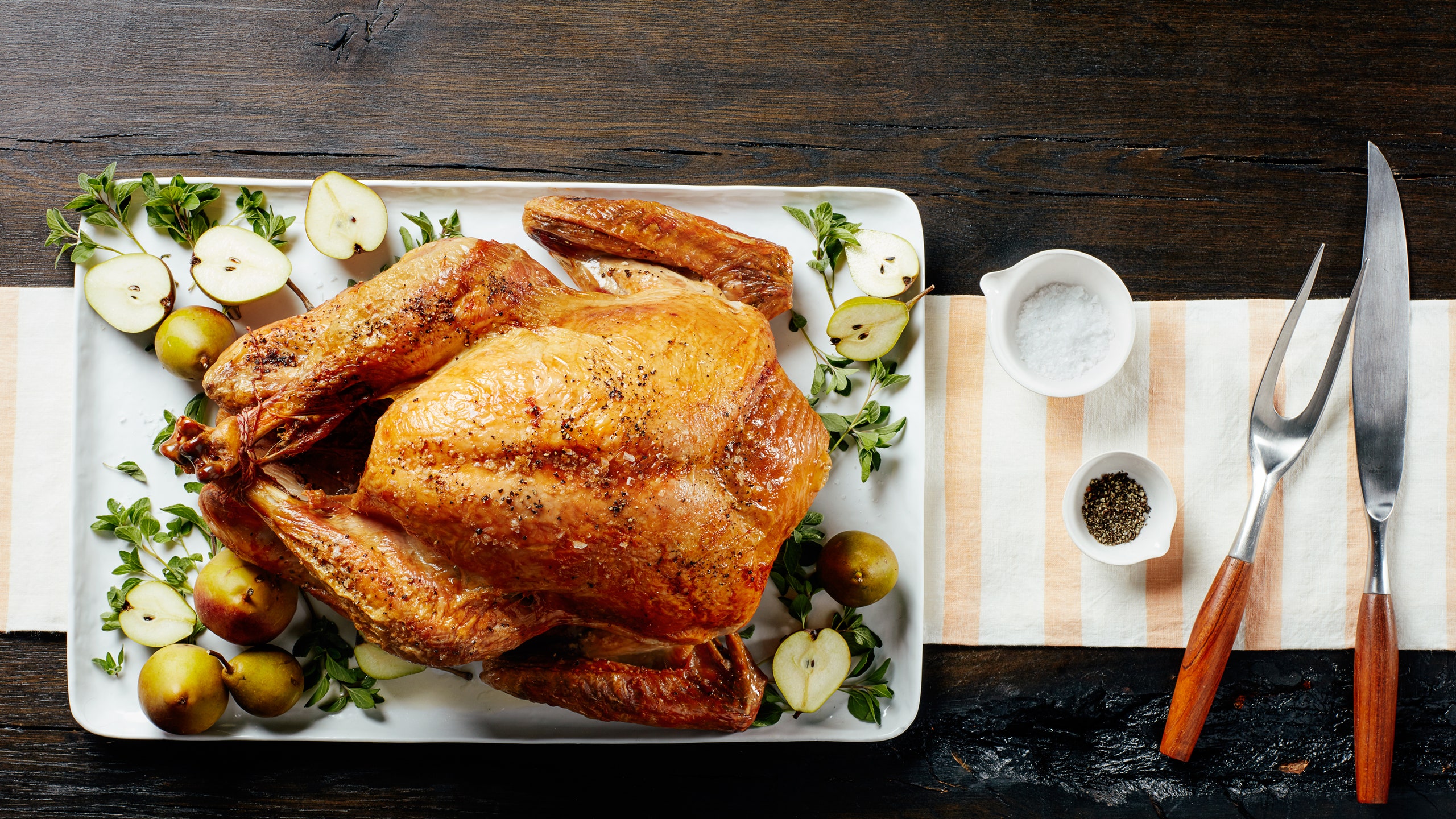
These tips will help busy moms or dads get organized in the kitchen. They'll love helping you prepare delicious meals, and they'll thank you for your efforts later! We've also included helpful tips for waste reduction and time-saving tricks. Continue reading to see the many benefits of these helpful tips. This will help you create the perfect dinner in no matter how fast you are!
Involving children in the kitchen
Let your children know what you will be doing in the kitchen before you get them involved. Give them age-appropriate tasks. A toddler might be able, for example, to measure the ingredients and pour it. They can also help with measuring and count. You can introduce your child into the kitchen by using special tools, such as wooden spoons and measuring cups. Children will also appreciate the new vocabulary and experience of preparing foods.
Children who are involved in the kitchen learn a lot. They can identify colors, fruits, vegetables, and other objects. Cooking teaches them how to count, measure ingredients, and how to prepare different foods. They will also be interested learning how to use kitchen appliances. The parent-child relationship will be strengthened by cooking together. In order to help your child build confidence in their abilities and self-esteem, get them involved in the cooking.
Preparation
Preparation for cooking and serving food can involve many different perspectives. These issues include technical, nutritional, and biochemical issues. Also, economic, historical and cultural contexts have an effect. But what are the fundamental processes? These basic steps transform foods into delicious, healthy versions. We will briefly discuss some of the key concepts and methods involved in food preparation. This article should help you gain a better understanding about the whole process.

Food preparation methods are usually classified according to the primary science. They can be physical or chemical (nut shelling, adding salt), or biological (brewing beer). You can also divide food preparation by the purpose they are used. Some foods are toxic if not properly prepared. Others are only barely edible after being cooked. Food preparation is not new, but it has been practiced for hundreds of years. Microwaving is one example of this method.
Waste reduction
You can reduce your waste by using the ingredients you already own. You don't need to buy new food when you have the option of using what you already own. This will not only reduce food waste but also save money. Use the following food waste reduction tips to save money while cooking. But remember: you can't avoid food waste completely! What can you do to reduce food waste? Below are some tips. These ideas are just a few.
Do not serve extra large portions. It's true that one-quarter of every restaurant meal ends up as garbage. You should also think about how much of the food was left over in the kitchen. Not just on the plate. Although it is a marketing tactic in the U.S., eating large amounts of food can have serious consequences for the environment. Consider using smaller portions, serving smaller portions, or selling half portions. If you find it difficult to get rid all your food, make toast.
Time-saving tips
These time-saving cooking tips can help you save time and effort. If you buy canned beans regularly, add them to your shopping list. You can also add a box of tissues to your shopping list if you frequently use them. Writing down your shopping lists will make it easier to remember and save you time. These cooking hacks will help you become a master chef.

Trying to cut down on kitchen time is not easy, especially if you have a busy schedule. You can cut down on kitchen time by planning your weekly menu ahead. Even if you don't have a lot of time for cooking, it's a good idea to make a grocery list on Sunday afternoon. You'll save hours each week by only spending 30 minutes grocery shopping.
FAQ
Can you learn to cook on your own?
Self-taught cooking is possible! It is something everyone enjoys, regardless of their level of cooking ability. If you're interested in learning how cook at home, then start cooking. You can start small by making spaghetti sauce for dinner or pancakes for breakfast. It is important to experiment with new recipes to learn how to cook. You might even make some mistakes.
Cooking can take anywhere from a few hours to several months depending on the skill level. It's important that you remember that cooking does not mean following a recipe. There are many ways of cooking food. So if you have an idea for a recipe, use it.
Is there a difference in a chef and a cooker?
A chef prepares meals for others. A cook prepares meals for others. Although both jobs require you to prepare food, a chef is more involved in serving customers. This means that they can have to decide what food to serve customers based their preferences. Cooks don't interact with customers. Instead, he or she ensures that the food tastes good before serving it to anyone.
How long does it take to learn to cook? How long do I need to learn to cook?
It depends on the skill level. Some people are able to learn basic cooking skills in a matter of days. Some people take months to learn how to cook. Others may need to wait for years.
The time it takes to learn how to cook will vary depending on who you are. A person who has never cooked before will likely need more time to learn than someone who is a regular cook. Also, certain types of cooking require more experience than others. Baking, for instance, requires more skill than frying.
You should learn a particular technique to improve your cooking speed. After mastering one technique, you can move on to the next. Do not worry about how long it takes you to learn how to cook. Keep practicing and enjoying the process.
How Much Does It Cost to Study Culinary Arts?
The price of studying culinary arts varies widely. A four year degree is typically around $40,000. A two year associate's degree might cost less than $5,000. Tuition rates vary depending on what program you choose. The tuition rates for private institutions are usually higher than those of public universities.
Can I learn to cook with my kids?
Yes! Yes, kids love to help in kitchen. It's an enjoyable activity that teaches responsibility and teamwork. Children can help with everything from washing vegetables to chopping onions. You will have your children enjoy helping you cook as long as they follow safe procedures when using knives.
What are the advantages of using a slow cooker to cook?
Slow cookers allow you to make delicious meals with minimal effort. Slow cooker recipes are more healthy than traditional dishes because they use less oil. In addition, slow cooker recipes are convenient because they take care of themselves while you sleep.
Statistics
- On average, chefs earn $58,740 a year, according to the BLS. - learnhowtobecome.org
- You'll be amazed that over 90% of CIA students receive scholarships and grants to finish their culinary studies. (ischoolconnect.com)
- The median pay for a chef or head cook is $53,380 per year or $25.66/hour, according to the U.S. Bureau of Labor Statistics (BLS). (learnhowtobecome.org)
External Links
How To
How to make an omelet that is perfect
Omelets are my favorite breakfast dish. How do you make them perfect? There are many recipes and methods I tried, but none worked. I have some tips and tricks to help you make delicious, fluffy omelets every single morning.
First, eggs can be very temperamental ingredients for making omelets. They must be fresh, preferably from the organic market, and be kept cold until cooking. The yolks and whites will not form properly if they aren't kept cold enough. This will make your omelets appear strangely colored. If you're going to cook them immediately, it is best if the eggs are still warm.
You might also try separating the egg before adding to the pan. The yolk and white should not be mixed together as this can cause the omelet's curdle.
The egg can burn if it is placed directly on the stovetop. Instead, place the egg in the microwave for 10 second before you put it in the skillet. The microwave heat cooks your egg just right, without it becoming too soft.
Next, let's discuss mixing the eggs. Mixing eggs together is important. You need to beat them well. You can do this by turning the bowl of your mixer upside down. Next, shake the bowl vigorously. The egg will be thoroughly mixed in the bowl as the air is whipped.
Now comes the fun part - pouring the milk into the mixture. The first step is to pour half of the milk in the beaten eggs. Next, fold the eggs into the remaining milk. If you still see streaks of eggs, don't worry. These streaks will disappear once the omelet has been turned over.
After you have folded the eggs, heat the oil in a pan over medium heat. Once the oil has started to sizzle, turn the heat down to low. Add 1/4 cup butter to the oil and swirl it around to coat all sides of the pan. Now carefully crack open the lid of the pan and sprinkle salt into the pan. Salt will prevent the omelet sticking to the pan.
Cover the pan once the omelet is formed and allow it to cool completely. Use a spatula to flip the omelet or turn the pan upside-down. Cook the opposite side for another minute. Remove the omelet from the pan and serve immediately.
This recipe is best made with whole milk. However, it can also be used with skimmed milk.